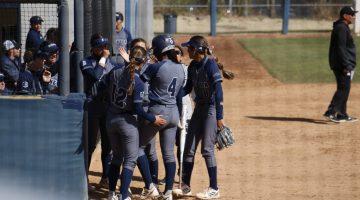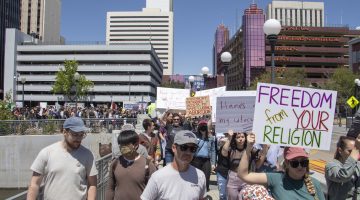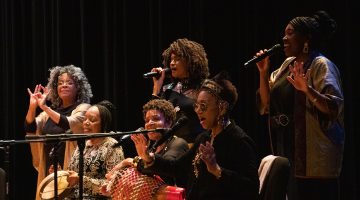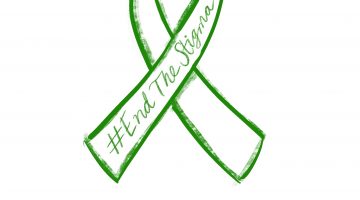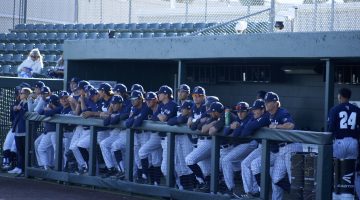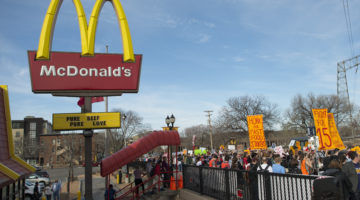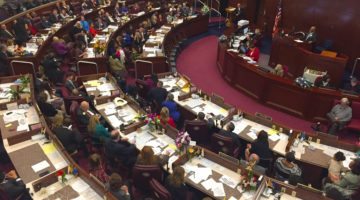The 2015 Nevada Legislative Session began with a bang last Monday due to a proposed bill that will affect the allowance of guns on the University of Nevada, Reno’s campus.
Republican Assemblyman John Hambrick wasted no time introducing Assembly Bill 2 to the 78th session. The bill would make it legal for citizens to have concealed carry weapons (including guns) in their cars on school campuses, whether it be parked at a K-12 school or Nevada System of Higher Education institution. While some may argue this bill is an extension of their second amendment right, the Nevada Sagebrush editorial staff strongly opposes measures, like AB 2, that will only deepen the dangers associated with gun violence.
AB 2 was read for the first time on the Judiciary Committee floor last Monday and was met with spirited debate. Democratic Assemblywoman Olivia Diaz spoke out to oppose the bill and questioned its necessity. Diaz claimed that only 11 students had requested permission to bring their CCWs onto campus in the past year.
Diaz’s comment demonstrate the fact that many students feel safe on our campus without the presence of CCWs. The University of Nevada, Reno Police Services provide a number of services intended to keep students safe, including self defense classes, the emergency blue light system, campus-wide text alerts, the campus cadet program and more. Adding CCWs to the mix would only serve to create a climate of vigilantism.
When reflecting on the Sandy Hook tragedy, many people recall the famous quote by National Rifle Association’s CEO, Wayne LaPierre who said that, “The only thing that stops a bad guy with a gun is a good guy with a gun.” However, that is exactly the mindset that creates more violence in times of crisis.
When police officers arrive to the scene, how are they expected to differentiate between the “good guy” or the “bad guy”? When victims hide from the gunfire, how will they know who is trying to help or hurt them? Ultimately, only trained criminal justice professionals should have the right to take control of crisis situations such as school shootings.
With that said, it is important to understand that the bill would only allow for CCWs to be carried in cars, which begs the question of what difference it would make at all. Hambrick discussed on the committee floor that the bill is meant to protect students who may go to grocery stores or gas stations late at night and require an extra level of protection. However, this logic does not provide any pressing reason to allow CCWs at an educational institution. If a student feels unsafe when leaving campus, they are welcome to retrieve their guns from their homes, thus eliminating the potential dangers posed on a college campus.
Some political analysts believe that AB 2 only serves as a stepping stone toward reinvigorating the failed bill that was proposed by Republican Assemblywoman Michele Fiore two years ago, allowing for CCWs on college campuses.
While our staff respects the constitutional right of people to own guns, institutions of learning do not serve as proper places to carry them. As the ASUN Senate explained in a resolution opposing the 2013 campus CCW bill, students do not feel safe with the potential of a CCW in or around a classroom. Universities are meant to promote discourse and opposing ideas, but many students have expressed that they would feel less comfortable to share if they felt any person could be carrying a CCW. Any increased risk of violence must be left out of the classroom.
Throughout the United States’ history, there have been a number of limitations placed on our constitutional rights in order to minimize public danger. For example, it is illegal to scream “fire” in a movie theater due to the “clear and present danger” test (normally applied to the first amendment) as proposed in Supreme Court case Schenk vs. United States in 1919. While CCWs may not fall under the same precedent set by the 1919 SCOTUS case, the concept remains the same: constitutional rights do have their limits. In situations on school campuses where weapons become involved, CCWs would only create more violence and chaos than they would minimize.
As the 78th legislative session keeps moving, it is critical that you make your voice heard about AB 2. There is no unique benefit to allowing CCWs in locked cars; they will not be able to instantly protect you in case of an emergency and they will not add any level of security to our campus community. We must allow those who are trained in crisis to do their jobs correctly without the confusion of many citizens with CCWs.
Write to your legislators or even attend a legislative committee meeting. AB 2 is a bill that will directly affect you and your safety on campus. If you take the time to show that you care, legislators will listen to your opinion. As students, you serve in a uniquely important role and hold a perspective that is important for your representatives to hear. UNR is your campus, so tell your representatives exactly what makes you feel safe.
The Sagebrush editorial staff can be reached at cboline@sagebrush.unr.edu and on Twitter @TheSagebrush.


